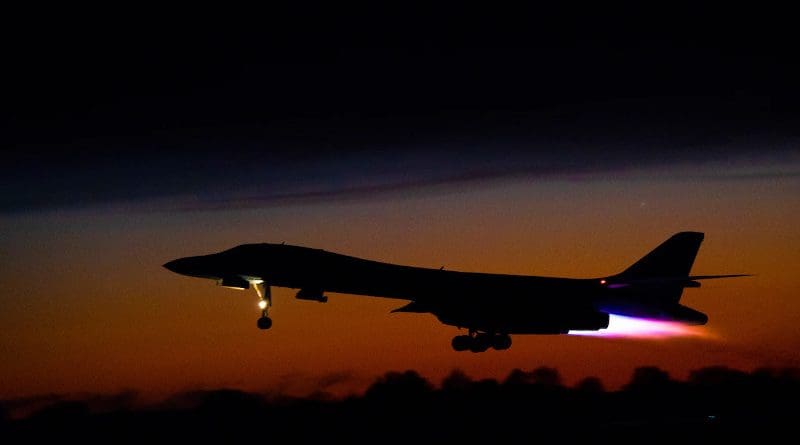DOD Working With Norway To Develop High-Speed Propulsion Technologies
By DoD News
The Defense Department and the Norwegian Ministry of Defense jointly announced in April they will partner on the development of an advanced solid fuel ramjet that could find use in supersonic and hypersonic weaponry.
The Tactical High-speed Offensive Ramjet for Extended Range, or THOR-ER, involves research by the U.S. Navy’s Naval Air Warfare Center Weapons Division, China Lake, California, and the Norwegian Defence Research Establishment and Norwegian industry partner Nammo Group to develop supporting technologies that in the future could be incorporated into a high-speed weapons program.
“I am very pleased with the prospects of this initiative,” said Morten Tiller, Norwegian National Armaments director. “Not only will it provide a game-changing capability for our armed forces, it also brings bilateral cooperation to a whole new level.”
Tiller explained that the THOR-ER development incorporates the results of long-term research and development on missile and rocket technology in Norway. ”Nammo Group’s contribution to the project along with its strong track record from partnering with U.S. missile primes make me optimistic with regard to the prospects for co-production,” Tiller commented. He also referred to Nammo Inc.’s U.S. presence as an asset in this connection.
The THOR-ER effort aims to cooperatively develop and integrate advancements in solid fuel ramjet technologies into full-size prototypes that are affordable, attain high speeds, achieve extended range, and culminate in flight demonstrations in operationally relevant conditions for land, sea and air applications, said Air Force Col. Corey A. Beaverson, director of Mission Prototypes, Office of the Under Secretary of Defense for Research and Engineering, which is overseeing the project.
”THOR-ER also seeks to lay the framework for future co-production decisions. It’s important to engage on this topic early to remove any hurdles that will make co-producing – if that’s the route we take — prohibitive because we thought of the requirements too late,” he said.
”Solid fuel ramjets are a propulsion technology that enables supersonic speeds with long ranges in small packages so missiles can fit on most aircraft,” Beaverson said.
A ramjet uses the missile’s forward motion to compress the air for combustion without a compressor or moving parts, he explained. It is possible that ramjet technology could extend the range of a comparable-sized solid-fuel rocket by three or four times.
Dr. Gillian Bussey, the director of the Joint Hypersonics Transition Office in OUSD(R&E) stated, ”We are excited to provide support to THOR-ER and work with Norway because it aligns with the JHTO’s efforts to collaborate with key allies with significant expertise in crucial hypersonic technologies to close our most critical [science and technology] gaps to deliver game-changing hypersonic capabilities to the joint fight.”
Jeff Lipsky, Mission Prototypes, OUSD(R&E), said that “the COVID-19 pandemic is the greatest challenge we are facing. People and organizations around the world have had to adjust to a new normal that has included limited international travel. The THOR-ER team has embraced this challenge,” he continued.
“Stay-at-home orders encouraged the team to incorporate new virtual collaboration tools that have actually improved communication among the team. When remote access to some analysis tools was not possible, the team was able to reassign those tasks to teammates that were able to access those analysis tools. Trust and flexibility have been hallmarks of the THOR-ER co-development effort,” Lipsky said, adding that Tiller fully supported this assessment of the team’s ability to overcome challenges imposed by the pandemic.
COVID-19 has also tested bilateral commitment and ability to maintain security of supply, Tiller pointed out. ”The ability to deliver during a crisis provides valuable reassurance to prospective industrial partners and their future customers,” he added.
Lipsky noted that early development work started in late 2019, and current plans call for the program to conclude by the end of 2024.
“By 2024, we hope to be able to not only have a flight demonstration but be able to transition the technology to the warfighter,” he added.

